The hottest places in the world
Turn up the temperature
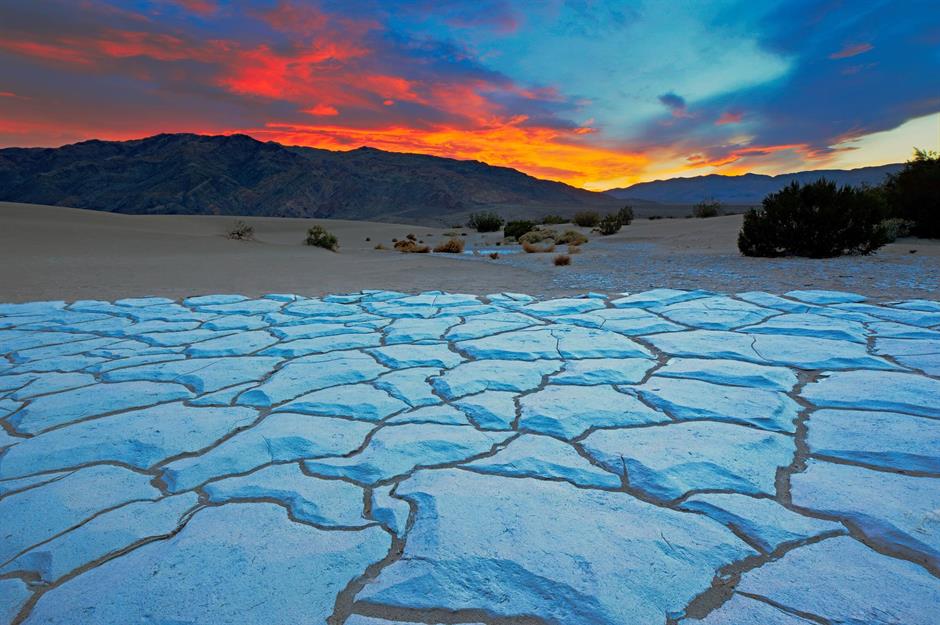
16. Dallol, Ethiopia: 104°F (40°C)
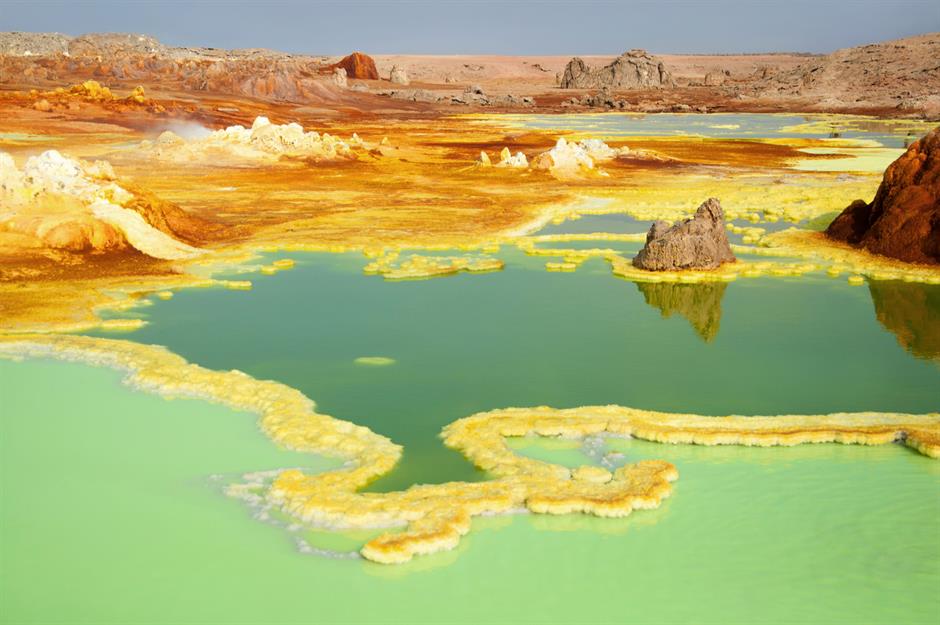
Dallol, in northern Ethiopia, may not hold the record for the highest ever recorded temperature but some argue its overall average annual temperature of 95°F (35°C) puts it in top (hot) spot as the hottest inhabited place on Earth. Plus, the summer heat pushes 104°F (40°C) and above.
16. Dallol, Ethiopia: 104°F (40°C)
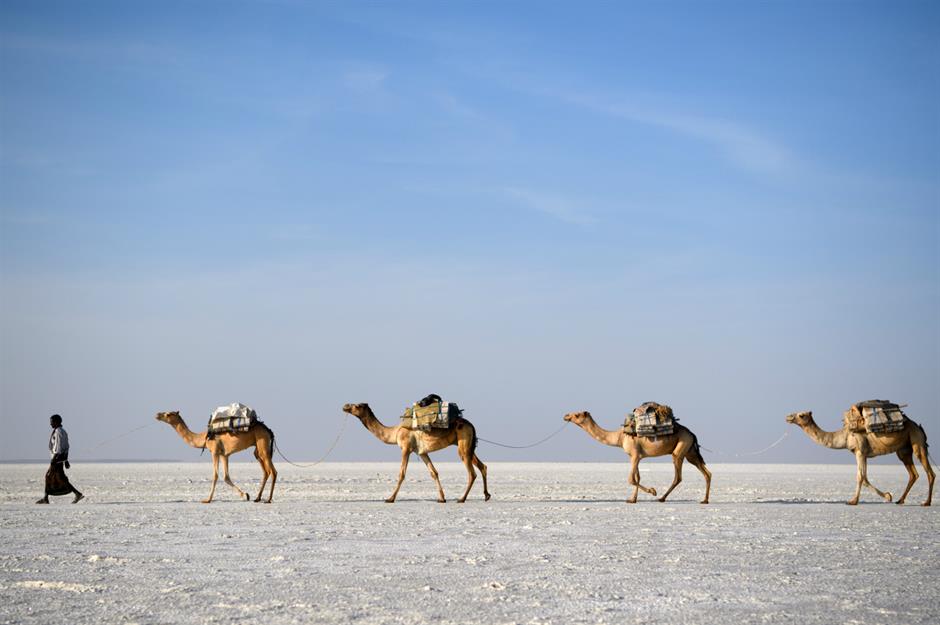
Although, ‘inhabited’ is relative – the village was settled by people employed to mine the area for salt. The bubbling mix of acidic boiling springs, geysers and crispy salt formations means it’s not exactly welcoming to habitation. But the vivid, eye-popping colors and sheer otherworldliness of the landscape mean it's oddly beautiful to look at (from a very safe distance). Take a look at the world's most mysterious places here.
15. Phoenix, Arizona, USA: 106°F (41°C)

Phoenix is the hottest city in the US, according to analysis by 24/7 Wall St using National Oceanic Atmospheric Administration data. The Sonoran Desert city’s normal high in midsummer is 106°F (41°C), while the year-round high is still pretty balmy at 87°F (31°C). Yep, it gets pretty hot in the desert.
15. Phoenix, Arizona, USA: 106°F (41°C)
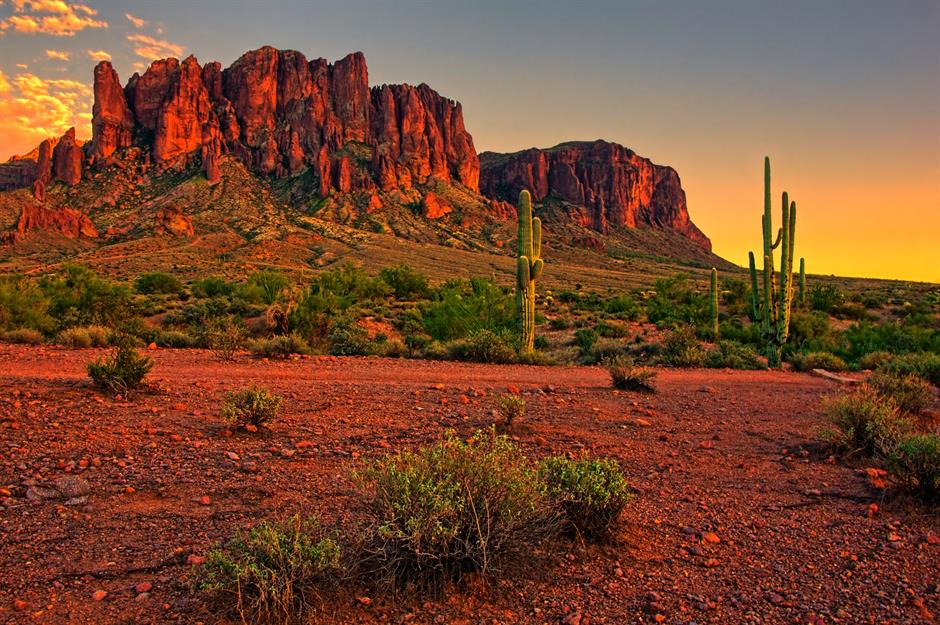
Phoenix had the highest number of days at 90°F (32°C) or above per year, with an incredible 169 of them. It edged into first place ahead of fellow Arizonian, Tucson, which had 147 days annually at 90°F (32°C) or above. Discover secret wonders hidden in the world's largest deserts here.
14. Mecca, Saudi Arabia: 111°F (44°C)
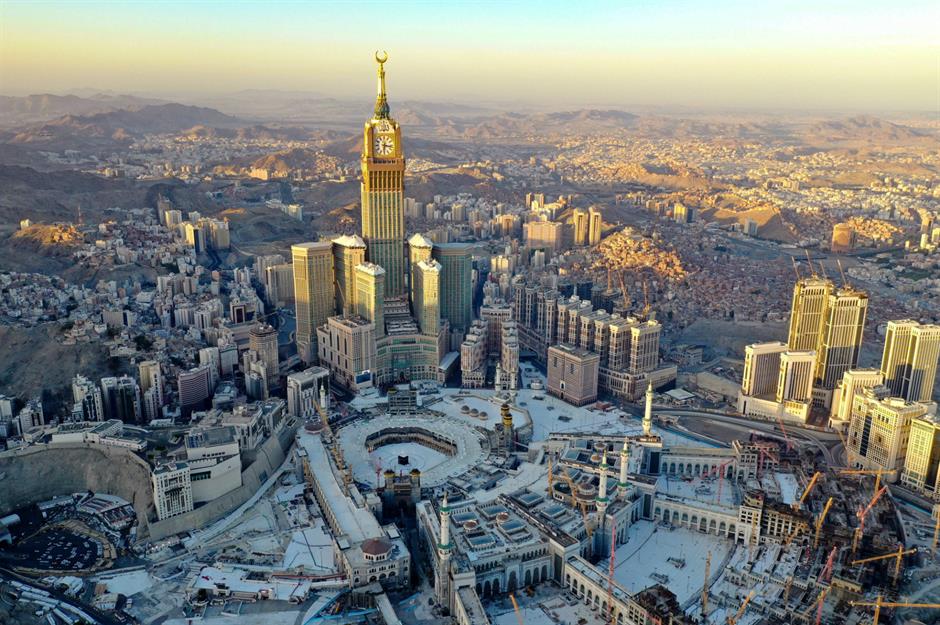
Mecca is Islam’s holiest city and the world’s hottest, based on its average annual temperature. It’s lower than that of Dallol, Ethiopia, at 87°F (31°C), but it’s been argued it should hold the title of world’s warmest city based on its consistently high temperatures all year round. It can also reach up to 111°F (44°C) in summer.
14. Mecca, Saudi Arabia: 111°F (44°C)
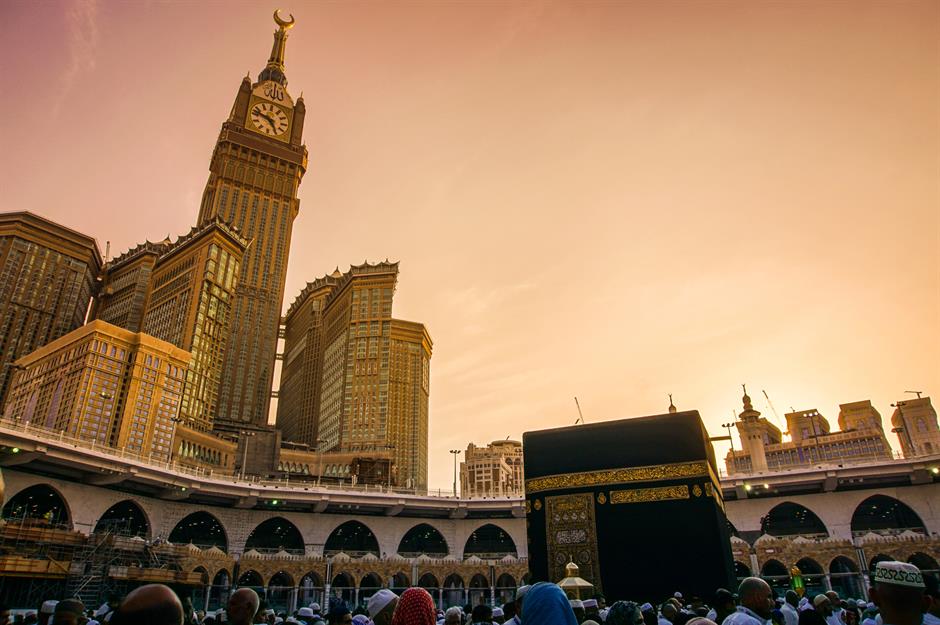
There’s no respite from the heat here. The city is surrounded by the Arabian Desert and sprawled in a valley at the foot of the Sirat Mountains. It's sparse in greenery and densely populated, with around 1.5 million residents. Things heat up further for Hajj, a pilgrimage to the Kaaba or House of Allah. Around two million Muslims make the journey each year, usually in summer.
=12. El Azizia, Libya: 118°F (48°C)

This small town, sometimes called Aziziya, basked in the glory of being the hottest place in the world for 90 years, after recording a temperature of 136°F (58°C) in 1922. California’s Death Valley took back its flaming crown when meteorologists declared the record invalid. But, with regular midsummer days at 118°F (48°C) and above, the former capital of Libya’s Jafara district, just 25 miles south of the capital Tripoli, isn’t what you’d call chilly.
= 12. Athens and Elefsina, Greece: 118°F (48°C)

Anyone in Athens on 10 July 1977 would have been especially happy to have the coast so close by. This is when the record for the hottest temperature in continental Europe was set, at 118°F (48°C). Athens’ record was matched on the same day in the nearby town of Elefsina, or Eleusis.
= 12. Athens and Elefsina, Greece: 118°F (48°C)

Both places are typically baking during summer. Although usually under the type of sunshine that sends people flocking to the beaches and into the Aegean Sea, rather than scurrying for shade indoors. The average summer high in Athens sits around 86°F (30°C).
= 10. Comodoro Rivadavia, Argentina: 120°F (49°C)
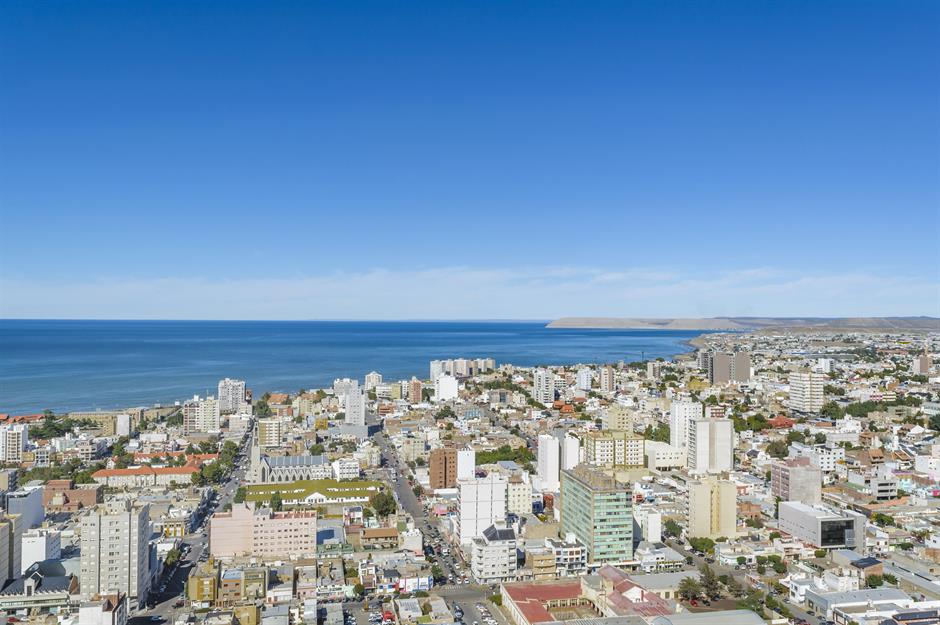
This port city is the hottest place in South America. Or, at least, it's where the continent’s highest ever temperature was registered – a collar-loosening 120°F (49°C) in December 1905. Located in the Chubut province of the far-south region of Patagonia, the city doesn’t usually suffer quite such extremes, with summer highs of 77°F (25°C) and winter lows of 39°F (4°C).
= 10. Texas, USA: 120°F (49°C)

Anyone who lives in, or has spent a single summer day in, San Antonio, Austin or pretty much anywhere in Texas won’t be surprised to learn that the Lone Star State is officially the hottest in the US, at least during summer. That’s according to data analyzed by 24/7 Wall St, which reviewed average temperatures between June and August from 1901 to 2010.
= 10. Texas, USA: 120°F (49°C)
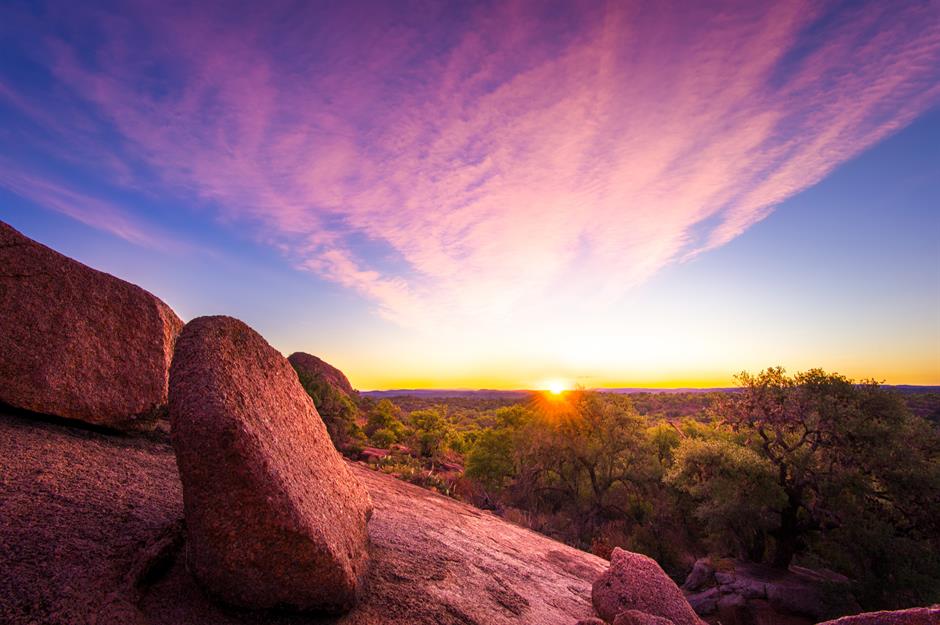
The average summer temperature across the past century or so was 81°F (27°C), with Del Rio – in the southwest, around 150 miles west of San Antonio – the hottest area with an average of 85°F (29°C). But that’s nothing compared to the highest temperature ever recorded in the state, which was a searing 120°F (49°C) in 1936 and again in 1994.
9. Oodnadatta, Australia: 123°F (51°C)
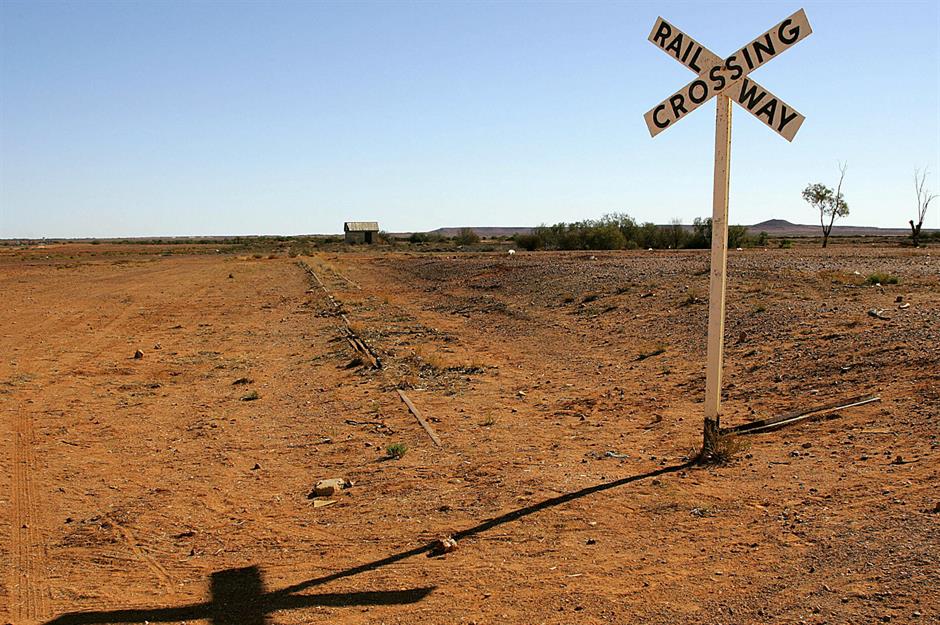
The small, outback town of Oodnadatta experienced the hottest known temperature in the Southwest Pacific region in January 1960, when the mercury hit just under 123°F (51°C). This was once where the Central Australian Railway terminated and was a launching point for camel-pulled caravans taking supplies to nearby desert communities.
9. Oodnadatta, Australia: 123°F (51°C)
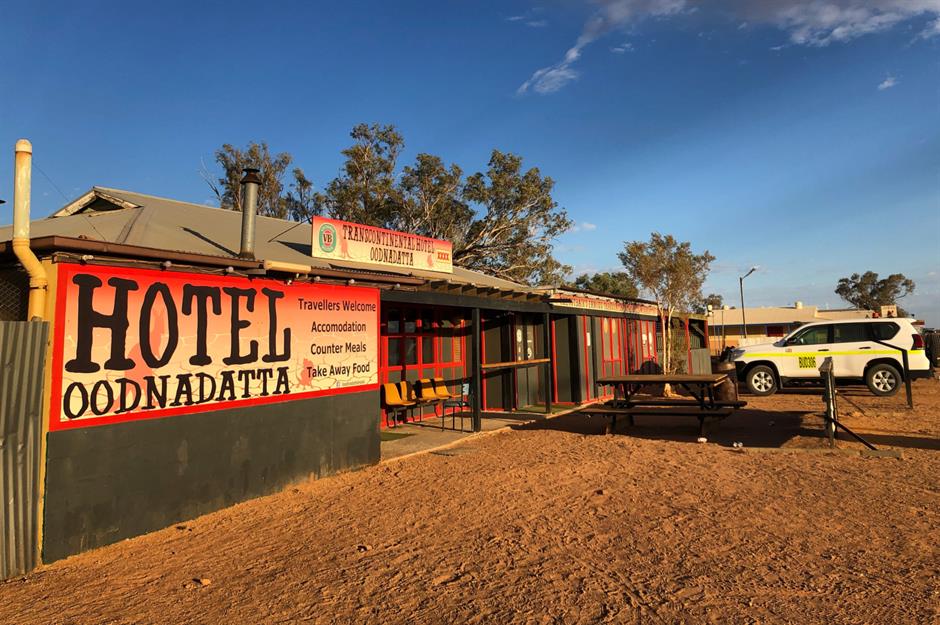
The town, in the far north of the state of South Australia, has a largely Aboriginal population. Its name translates as “blossom of the mulga”, referring to the prevalent acacia trees here. Their broad canopies must be especially popular in summer, when temperatures often edge close to the record. Take a look at these incredible places you won't believe are in Australia.
8. Wadi Halfa, Sudan: 127°F (53°C)
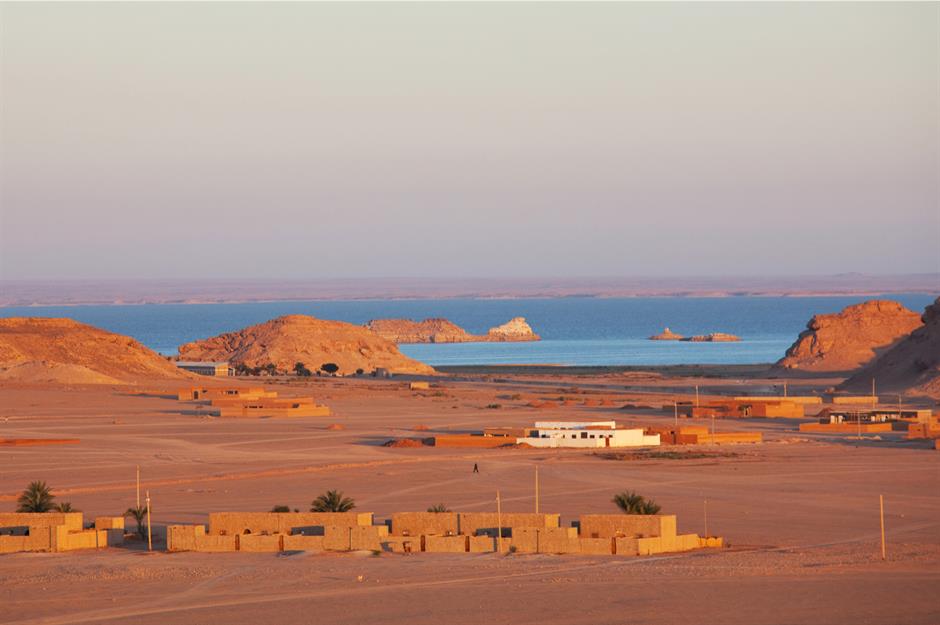
The highest temperature ever recorded in this northern Sudanese city was in April 1967, with 127°F (53°C) registered – even though it isn’t typically the hottest month. The city, on the east bank of the River Nile, also suffers regular dust storms. Take a look at these jaw-dropping images of the world's weather taken from the skies.
8. Wadi Halfa, Sudan: 127°F (53°C)

With just 0.6mm of rainfall per year, Wadi Halfa is as bone dry as it is boiling hot, and most of that teeny-tiny amount of precipitation splashes down in January and August. The city shimmers behind a haze of heat, with average highs of 106°F (41°C) in June.
7. Mitribah, Kuwait: 129°F (54°C)

With a temperature of just under 129°F (54°C) observed in July 2016 and verified by the World Meteorological Organization (WMO), Mitribah registered the hottest ever day in Asia. Its weather station is located in a remote northwestern part of the country, although the record was set during a heatwave that swept across the region, including the country's capital, Kuwait City (pictured).
6. Timbuktu, Mali: 130°F (54°C)
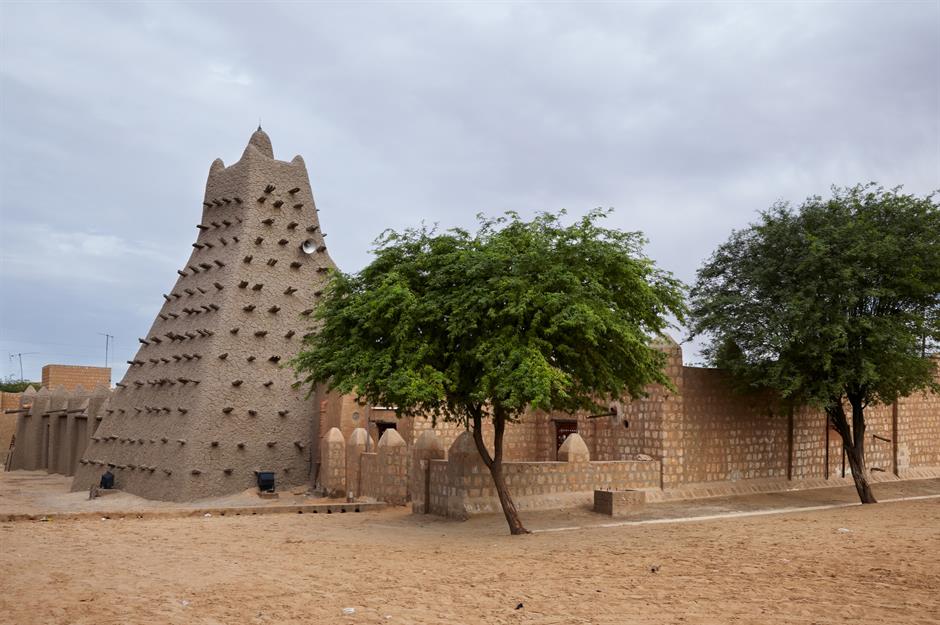
The ancient city of Timbuktu – a UNESCO World Heritage Site – is reported to have hit just over 130°F (54°C). While that unimaginable high was a one-off, hot days are most definitely not. Its location on the southern edge of the Sahara Desert means the city scorches under average summer temperatures of 104°F (40°C), with days hovering around 90°F (32°C) even in winter.
= 4. Kebili, Tunisia: 131°F (55°C)

This town in the south of Tunisia holds the title for the highest recorded temperature in Africa and the entire Eastern Hemisphere, at 131°F (55°C), recorded in July 1931. It doesn’t always edge so close to that but it does swelter under summer highs of more than 104°F (40°C). Despite this seemingly unliveable heat, Kebili is among the continent’s oldest inhabited places.
= 4. Kebili, Tunisia: 131°F (55°C)
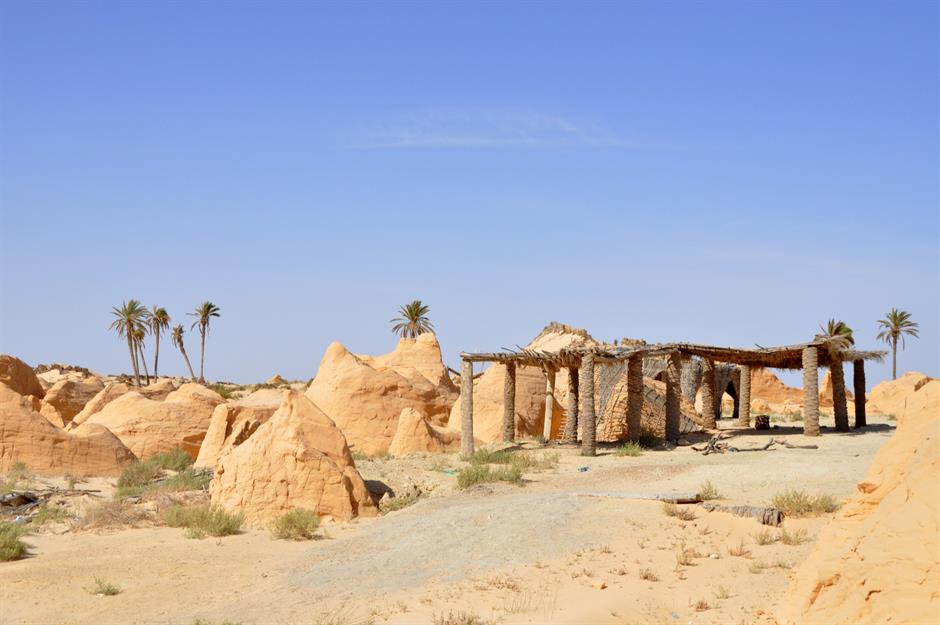
The town's history is believed to date back around 200,000 years and resilient residents survive by stockpiling water and seeking shade. Kebili is close to Douz – a gateway to the Sahara Desert – and Ksar Ghilane, an oasis with palm trees, a swimming hole and sand dunes that provides some respite from the heat.
= 4. Ghadames, Libya: 131°F (55°C)

Ghadames is technically an oasis town in the middle of the Libyan Sahara but it can’t feel too much like that when temperatures in summer hit an average of 105°F (40°C). The so-called ‘pearl of the desert’ is reported to have reached a record high of 131°F (55°C), although that hasn’t been confirmed as an official temperature by the World Meteorological Organization.
= 4. Ghadames, Libya: 131°F (55°C)
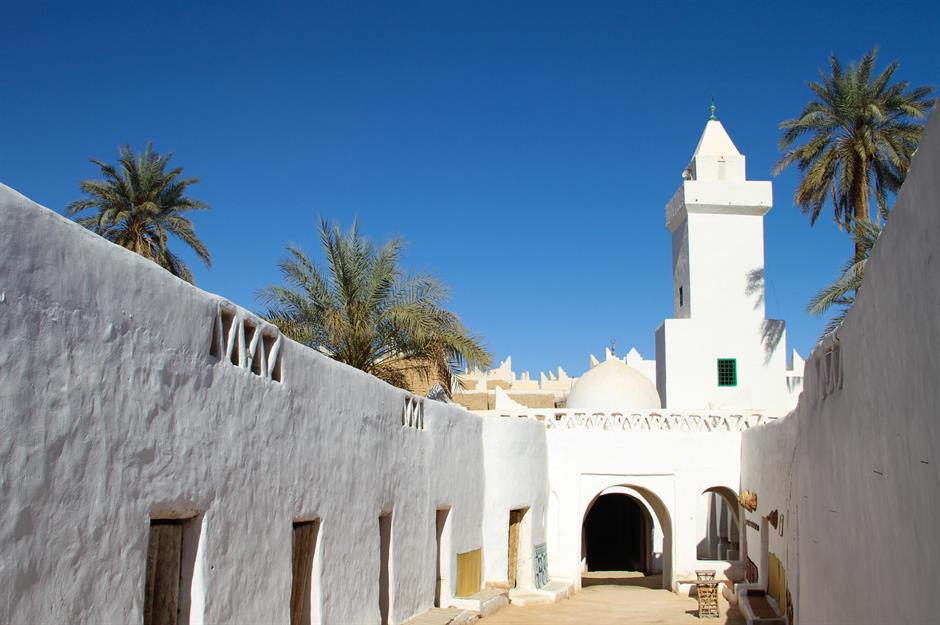
Berber residents keep cool (or as cool as it’s possible to be) in huts insulated with thick mud walls, while interconnecting roofs, covered alleys and underground passages provide shade from the scorching air. The structures’ architecture and history – with humans living here since the 6th century – have seen it listed as a UNESCO World Heritage Site.
3. Death Valley, California, USA: 134°F (57°C)
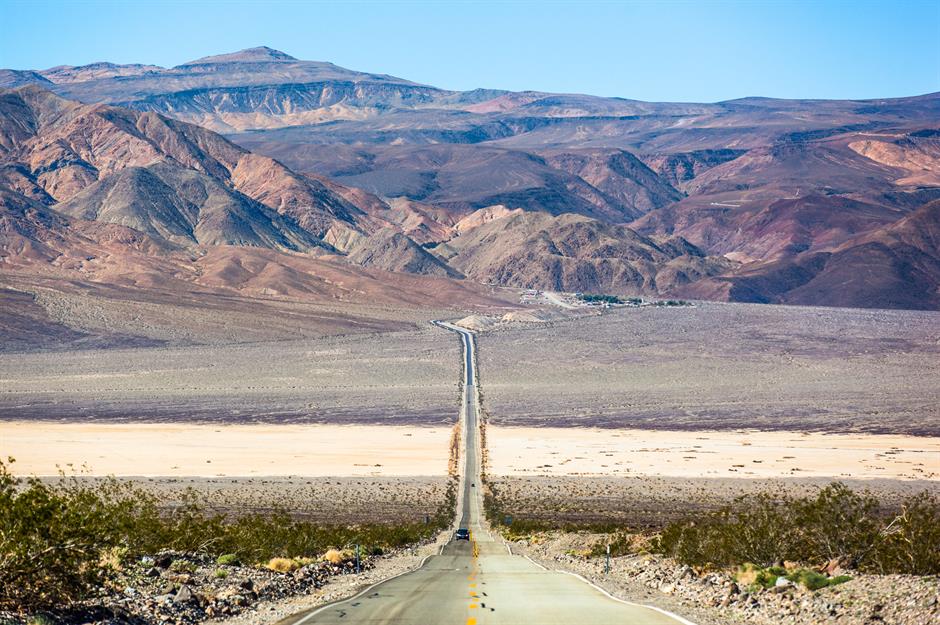
Death Valley, an arid area of national park in the Mojave Desert, isn’t just hot, it’s the hottest. Or, at least, it holds the official Guinness World Record for the highest ever recorded air temperature, an earth-scorching 134°F (57°C). The record, set in July 1913, was originally superseded in 1922, when 136°F (58°C) was registered in El Azizia, Libya. But, 90 years later, it was concluded that there was too big a margin for error, leaving the California area the dead-heat winner once again.
3. Death Valley, California, USA: 134°F (57°C)
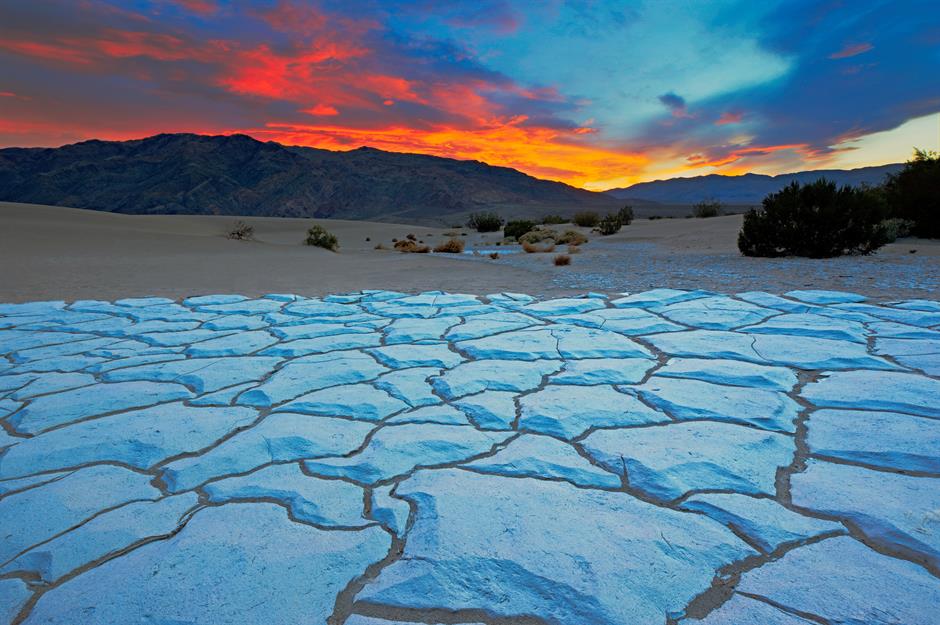
The record was set in the appropriately named Furnace Creek, which ‘enjoys’ an average high of 115°F (46°C). Pretty much every inch of the landscape here looks hot and crispy, from the crackling salt flats to the shimmering roads and deep-golden sand dunes. Despite this, the area is home to surprising biodiversity from jackrabbits to pupfish, which can survive in some pretty hot water.
2. Queensland, Australia: 156°F (69°C)
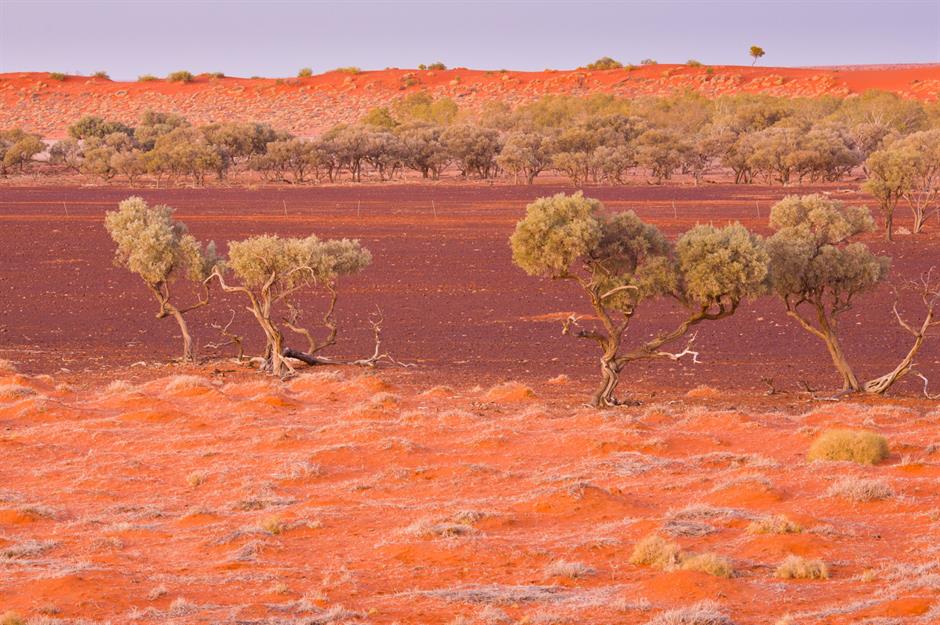
Death Valley may hold the record for the highest ever recorded air temperature, but two other places lay claim to even more scorching conditions. That's thanks to the measurement of the ‘land skin temperature’, which looks at the heating of the Earth's surface. In 2003 NASA satellites registered a blistering 156.7°F (69.3°C) in the badlands in Queensland, a vast, shrubby, mercilessly shade-free outback region.
1. Lut Desert, Iran: 160°F (71°C)
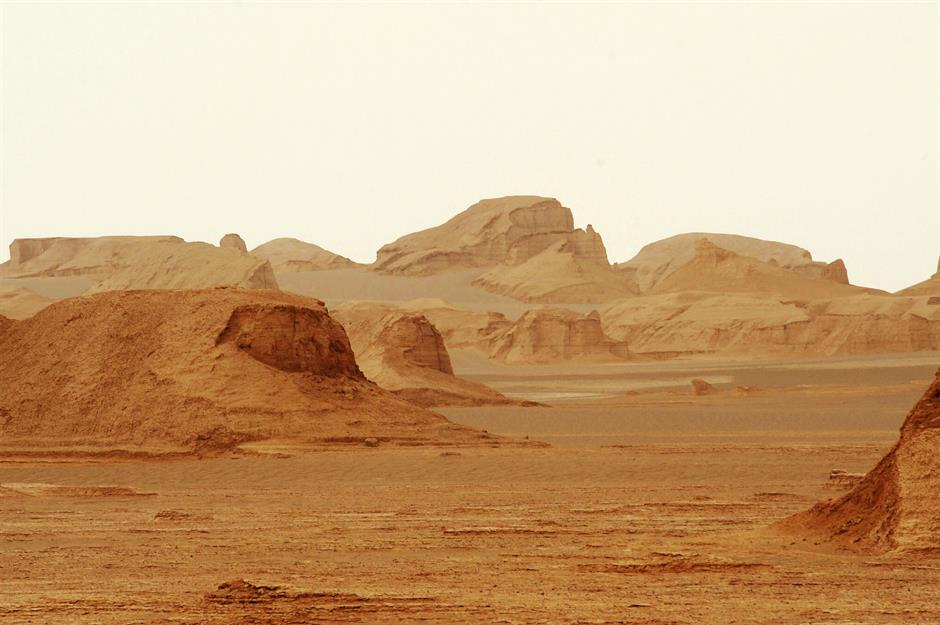
The Lut Desert, or Dasht-e Lut, doesn’t boast any records when it comes to the hottest air temperature. But this uninhabitable desert plateau is where the hottest ever surface on the planet was recorded. It pushed close to an unimaginable 160°F (71°C) in 2005, based on a NASA measurement of the land skin temperature – and tops our list as a result.
Comments
Be the first to comment
Do you want to comment on this article? You need to be signed in for this feature